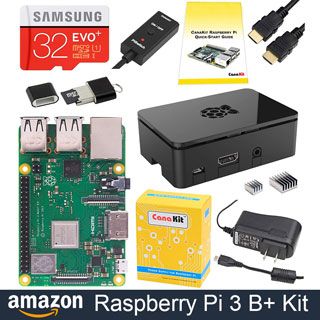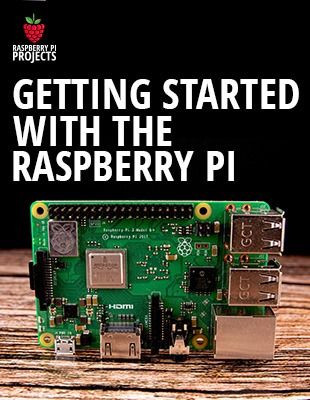Since the launch of Raspberry Pi 4 back in June 2019, the team at Raspberry Pi has been tirelessly working on innovative updates and products to enhance the user experience. From the Raspberry Pi 400, our seamless computer and keyboard product, to the Compute Module 4, our deep embedded industrial version, we have been dedicated to providing quality and efficiency in our line of products.
The Journey So Far
Raspberry Pi 4 & Predecessors
Back in June 2019, we embarked on a journey with the launch of Raspberry Pi 4. It served as a pivotal product in our lineup, paving the way for future innovations and updates. The platform provided robust features, addressing diverse needs and applications across the board.
Subsequent Launches
Post the launch of Raspberry Pi 4, we unveiled several significant products, including:
- Raspberry Pi 400: A unique computer-and-keyboard product.
- Compute Module 4: A deep embedded industrial version.
- Raspberry Pi Zero 2: A refresh that updated the low-cost element of our product line.
The Arrival of Raspberry Pi 5
After much anticipation, we are thrilled to introduce the Raspberry Pi 5, our new flagship product, set to redefine standards with its advanced features and enhanced performance.
Enhanced Performance
What distinguishes Raspberry Pi 5 from its predecessor is its unparalleled speed. It boasts:
- Two to three times the CPU performance
- Roughly twice the GPU performance
- Substantial increase in I/O bandwidth
Advanced Display & Connectivity
For the first time, users can drive two 4K p60 HDMI displays simultaneously, experience roughly twice the USB 3 bandwidth, and connect much higher bandwidth peripherals to the platform thanks to the exposure of a single-layer PCI Express.
The Silicon Evolution
The evolution in the performance and features of Raspberry Pi 5 is propelled by the introduction of new silicon on the board.
Key Components
- BCM 2712 Application Processor: From our friends at Broadcom, this processor houses four ARM Cortex-A76 processors running at 2.4 GHz.
- Power Supply Chip: Sourced from Renaissance, it supplies up to 20 amps of core power to support the large ARM cores in the Broadcom chip.
- Cypress 43455 Chip: The dual-band wireless chip, being the only piece of silicon reused from Raspberry Pi 4.
Introducing RP1
The most exciting element, especially for a silicon designer, is the RP1, a piece of silicon designed in-house at Raspberry Pi. The RP1 stands out as it is responsible for all of the I/O in the system, catering to USB 3, Ethernet, GPIO, and our MIPI display and camera interfaces. This 40-nanometer chip, constructed by our friends at TSMC, marks our second in-house silicon design since the inception of Raspberry Pi in 2011.
Upcoming Insights
Before the Raspberry Pi 5 becomes available to buy, we plan on sharing various blogs and videos to give insights into the specific elements and overall system architecture of the Raspberry Pi 5 platform. These updates will delve deep into the silicon devices that make this advanced platform possible, focusing particularly on the work integrated into the RP1 I/O controller.
We are excited to share the final phase of our seven-year journey in making the Raspberry Pi 5 a reality. We have relished every step of building it, and we believe you are going to love using it.



